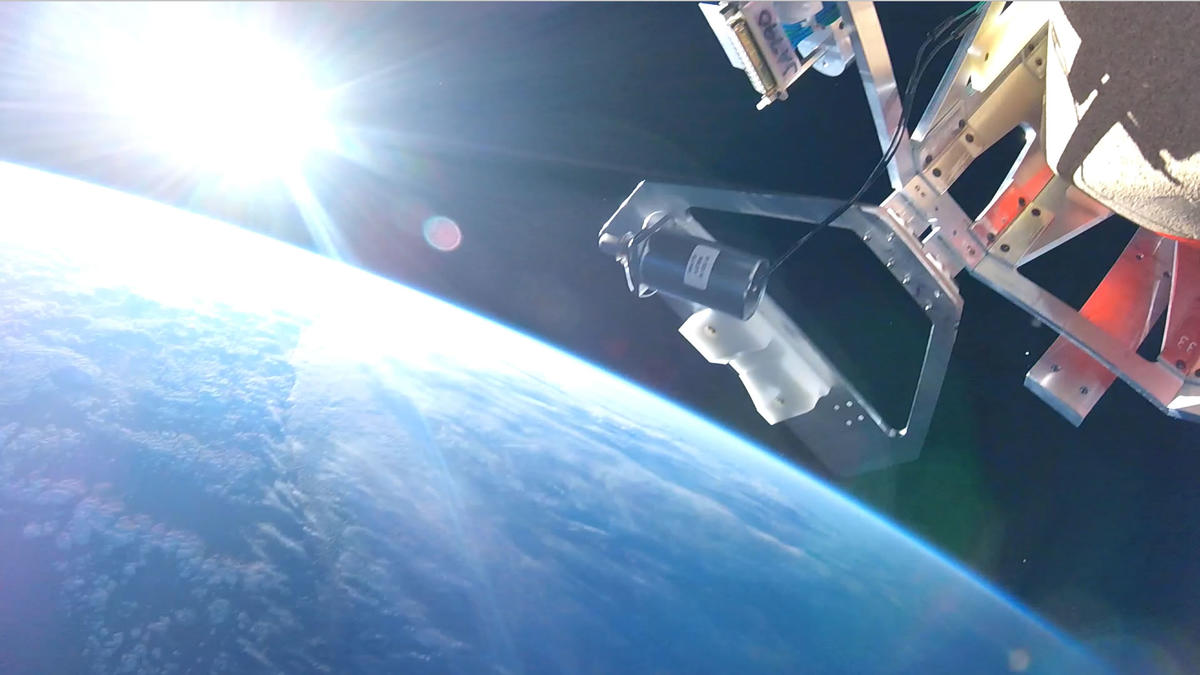
Students Designing Capsules for NASA
May 03, 2018
During the past four years, two entry capsules have entered the atmosphere as a result of the College's partnership with NASA.


by Juliana Palomino
College students designing space capsules for NASA—too good to be true, right?
University of Kentucky College of Engineering says no.
During the past four years, two entry capsules have entered the atmosphere as a result of its partnership with National Aeronautics and Space Administration (NASA). It began as the senior design project of a student inspired by a guest speaker from NASA, and now several student teams have now worked to build space capsules that can be easily tested. Under the supervision of mechanical engineering associate professor Alexandre Martin, their work is funded by both NASA and NASA Kentucky, and students have received specialized rocket payload training at NASA Wallops in Virginia.
In August 2017, they watched the launch of a NASA rocket containing their capsule. Though the rocket landed in the Atlantic Ocean, this was by design; UK students had prepared for this by writing code to retrieve files. Information from the two minutes of video on those files prepared them for the second flight at NASA Wallops on March 24, 2018, where they launched a full-scale re-entry capsule.
That second flight has provided essential information to validate various subsystems of the rocket, such as the ejection mechanism. Students are now working to improve other subsystems, including collaborating with NASA to advance the communications system. They hope to launch capsules on at least two more rocket flights, one in August 2019 and the other sometime in the preceding months.
How will these test flights benefit NASA? A successful capsule would allow NASA to easily develop and test space-approved instruments, as well as return samples rapidly from location in space, such as the International Space Station (ISS). Martin explains that it would also give them faster, more cost-effective ways to test atmospheric re-entry.
“Right now, the only way to test thermal protection systems is on enormous full-size capsules such as Apollo or Orion, which are extremely costly. Atmospheric entry is so extreme that there is no way to replicate the testing conditions here on earth. With these smaller capsules, you can build them and put them into orbit, making it cheaper to test these systems,” Martin says.
This experience has significant benefits for the students as well, since their senior design projects tackle a real-life challenge. Student teams interact with NASA employees, receive specialized NASA training and have presented at several conferences in the United States and Europe. Martin also believes it gives students access to rare research opportunities.
“The field of aerospace engineering is growing a lot in Kentucky, but we don’t yet have an official program. That could change in the future; but for now, this research has given them a lot of exposure.”